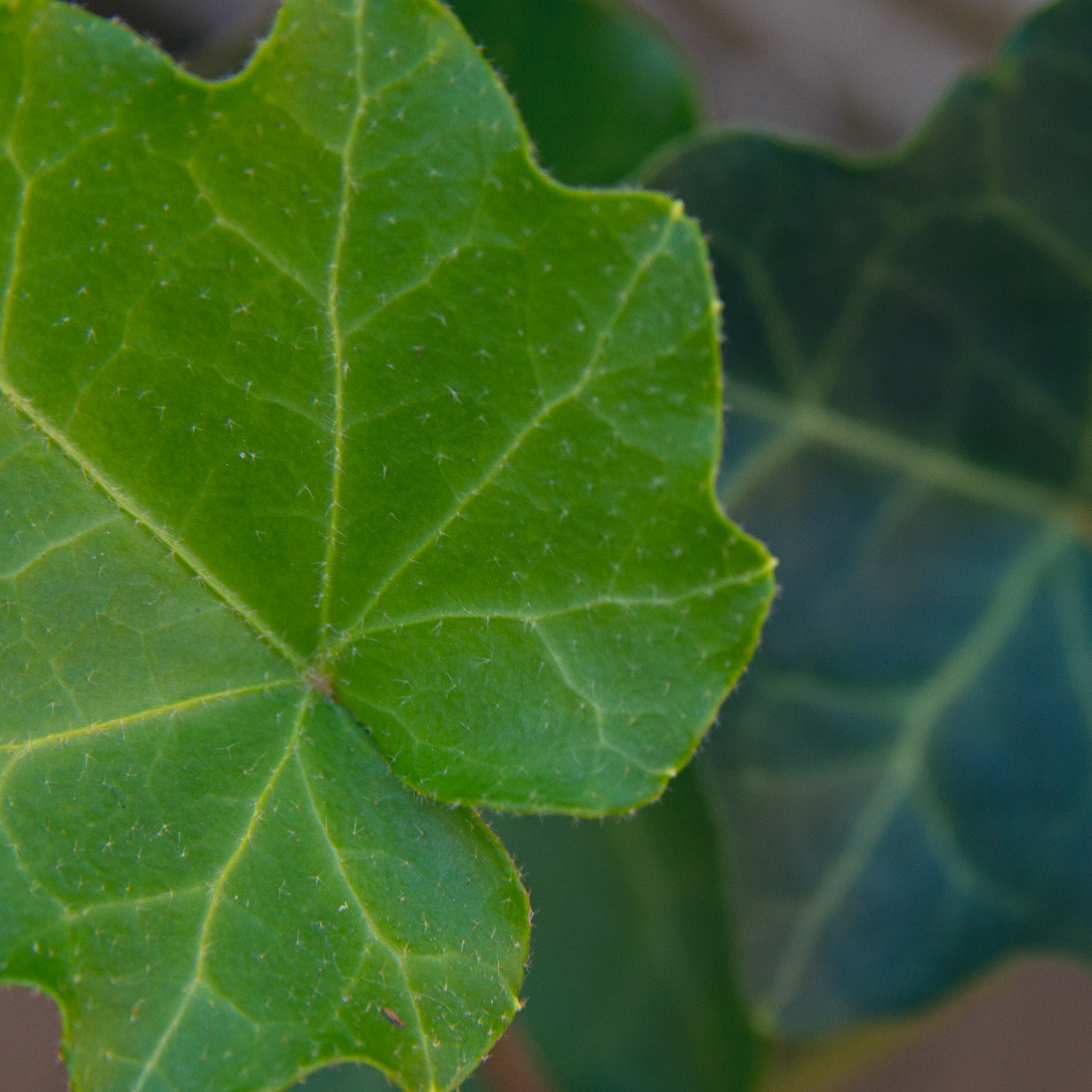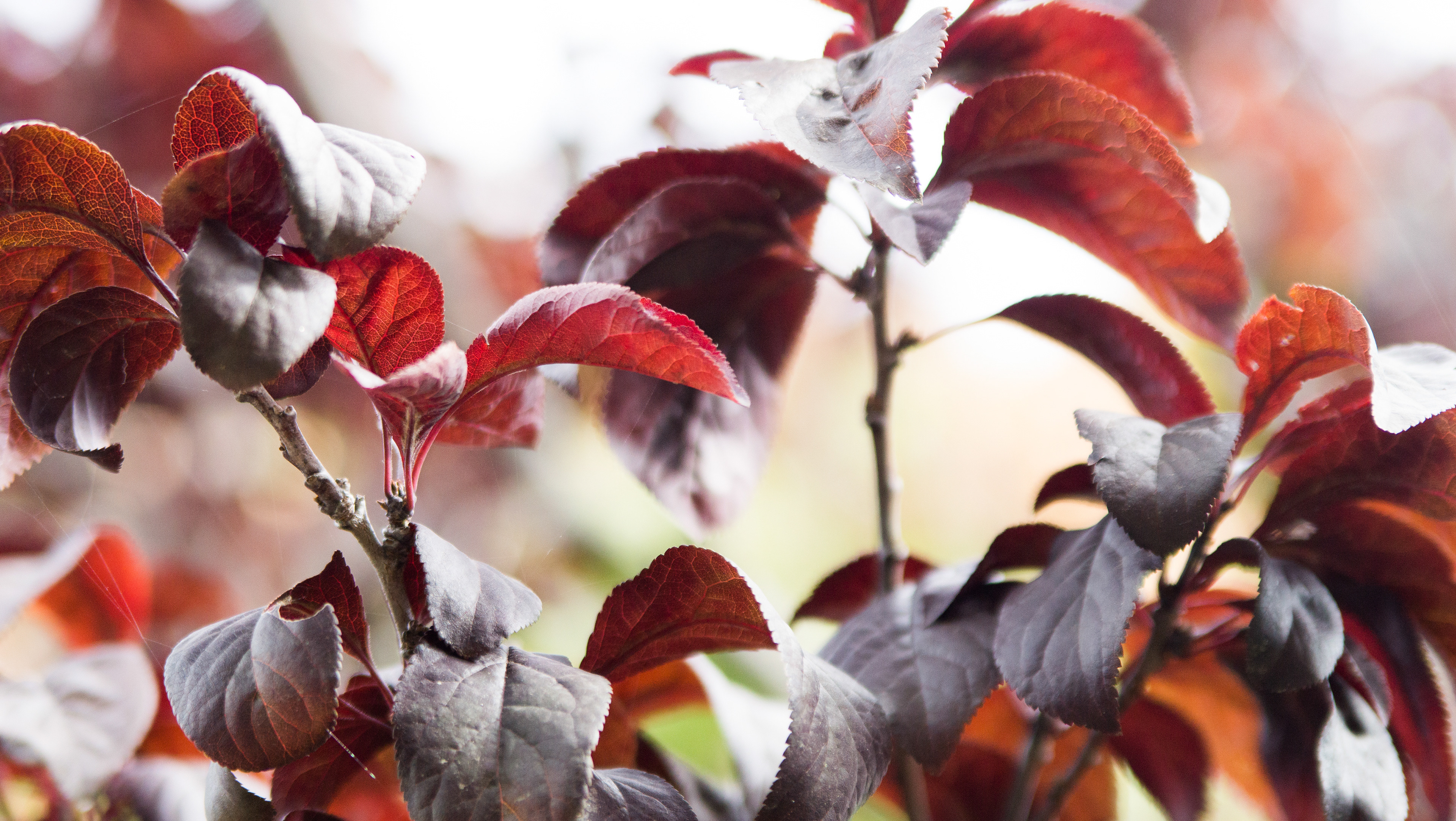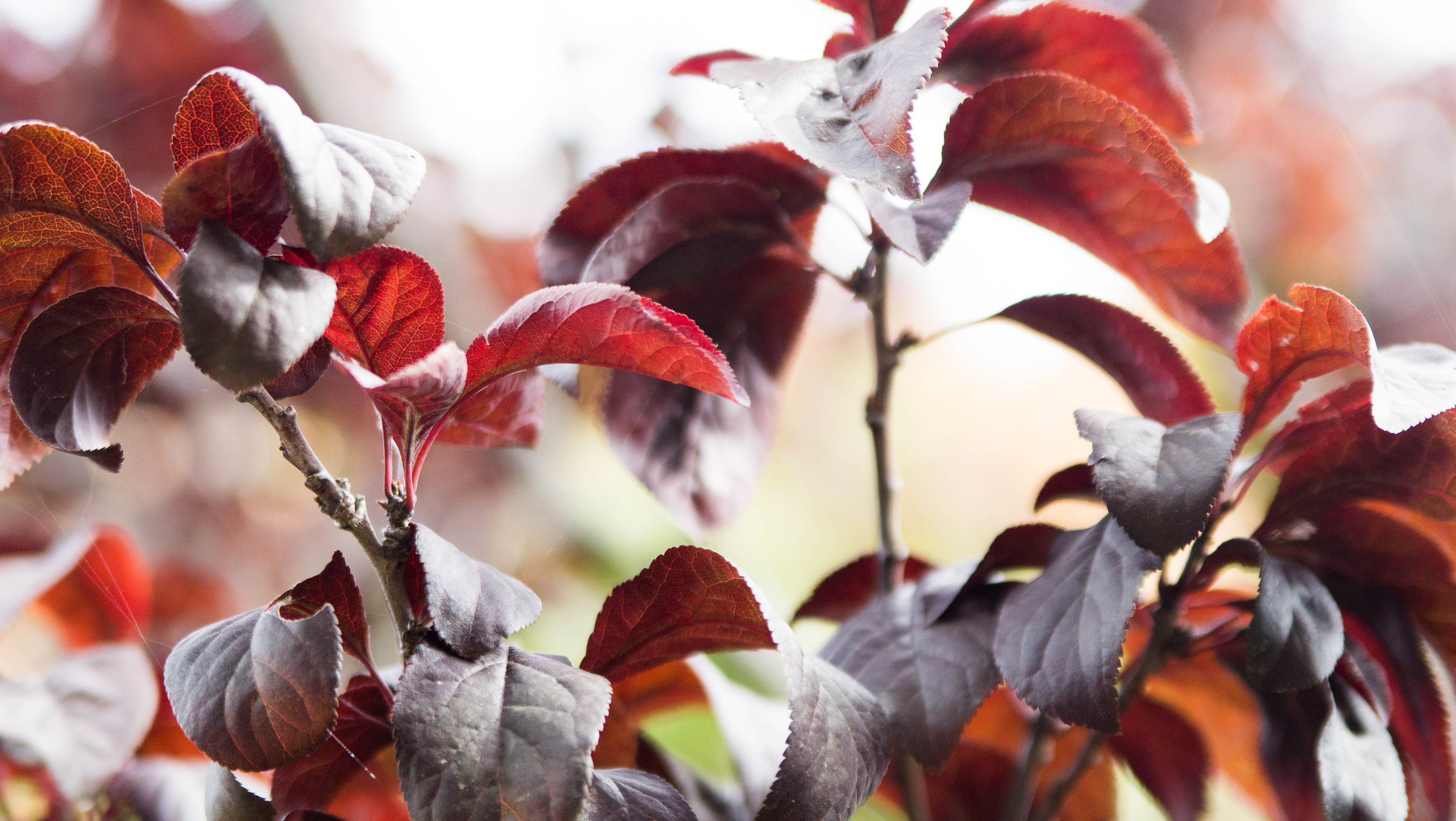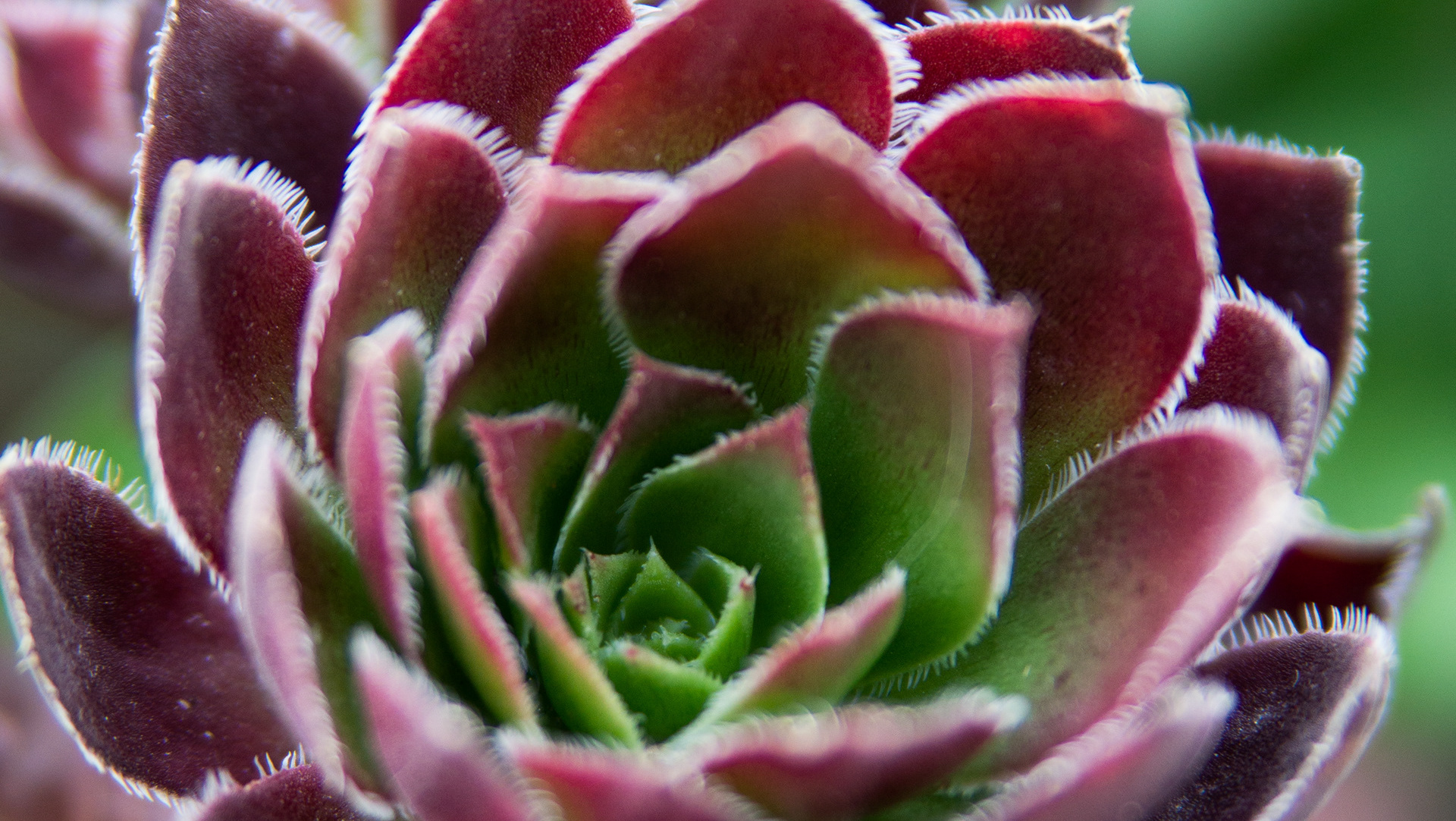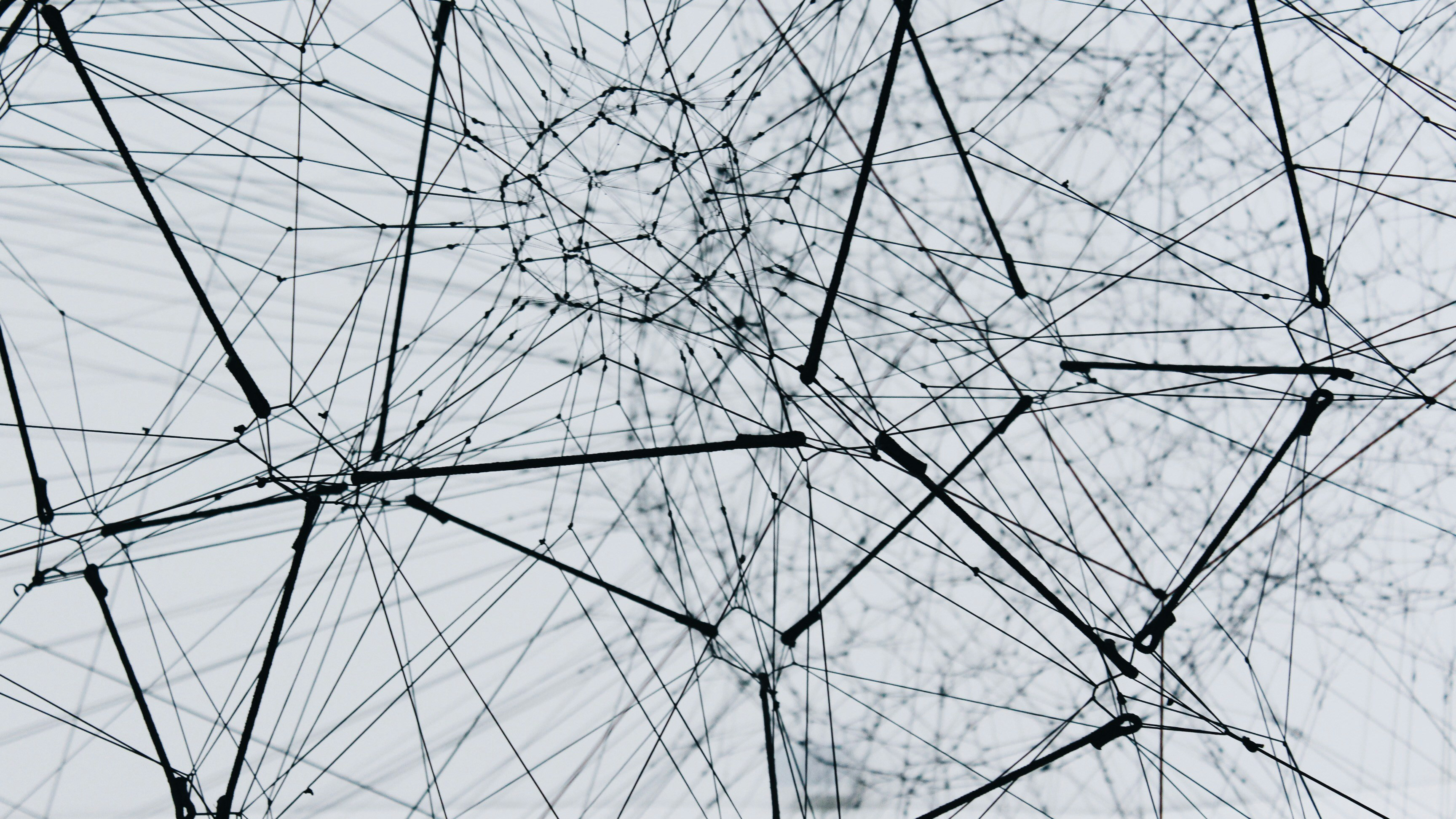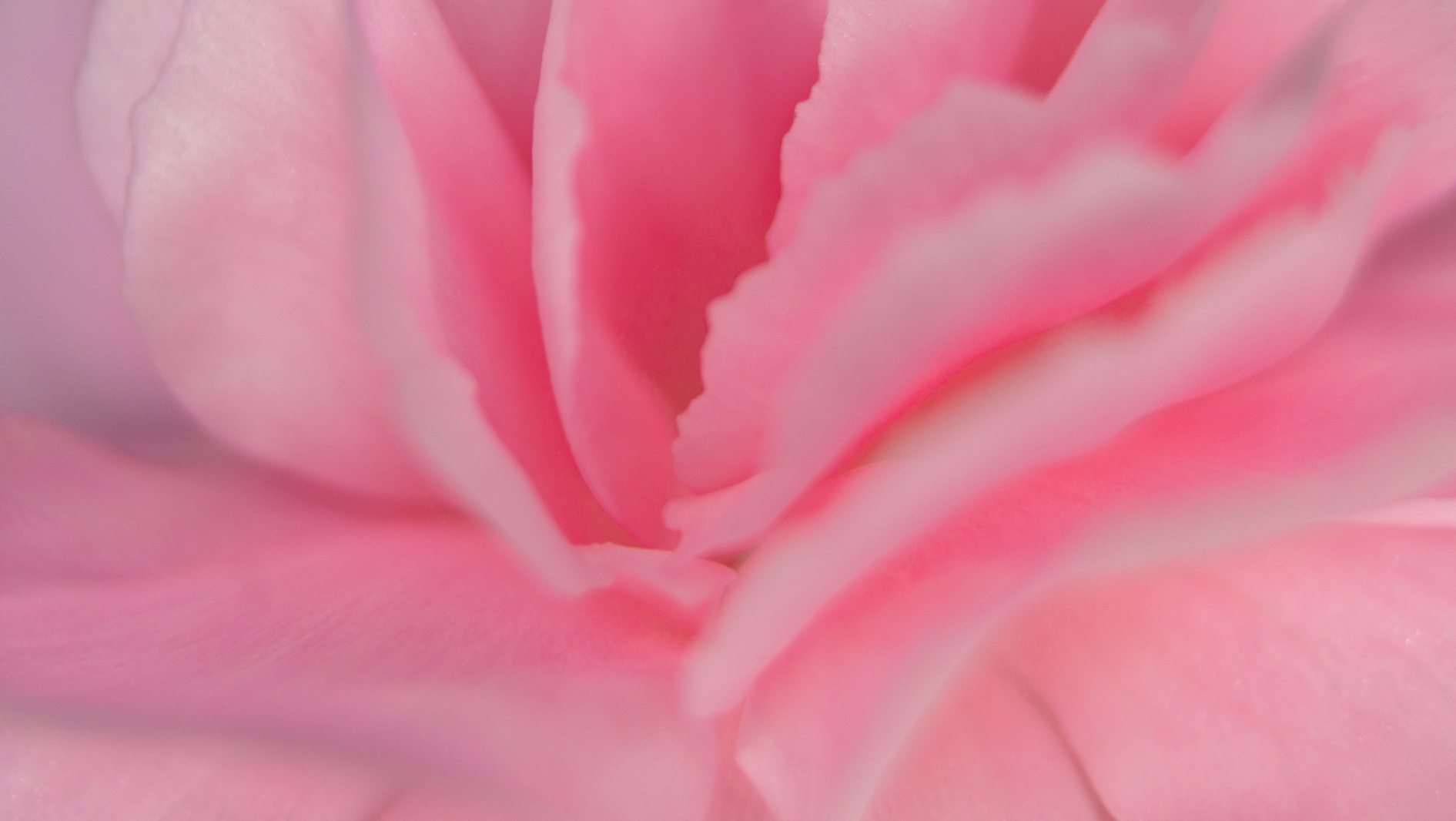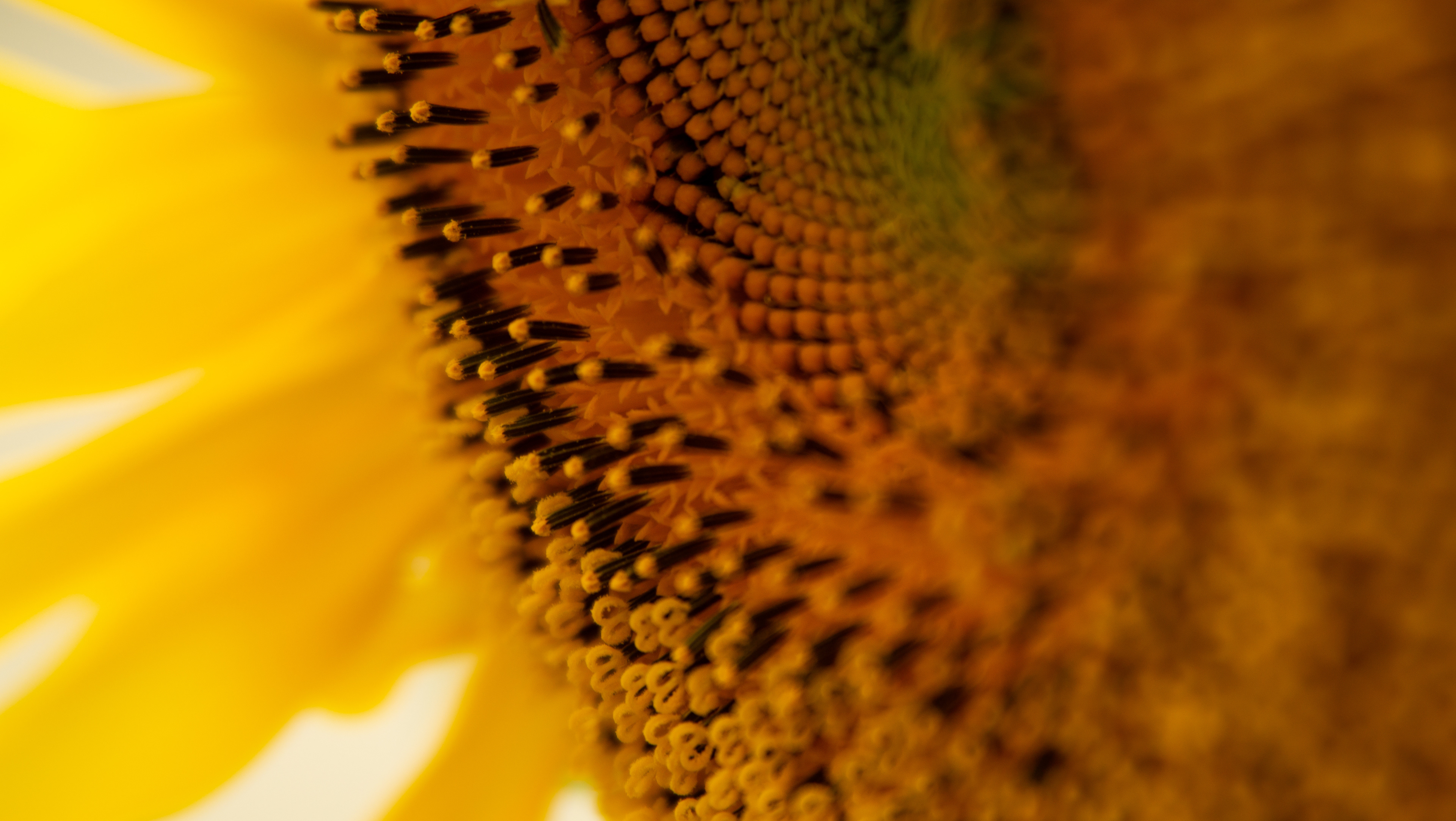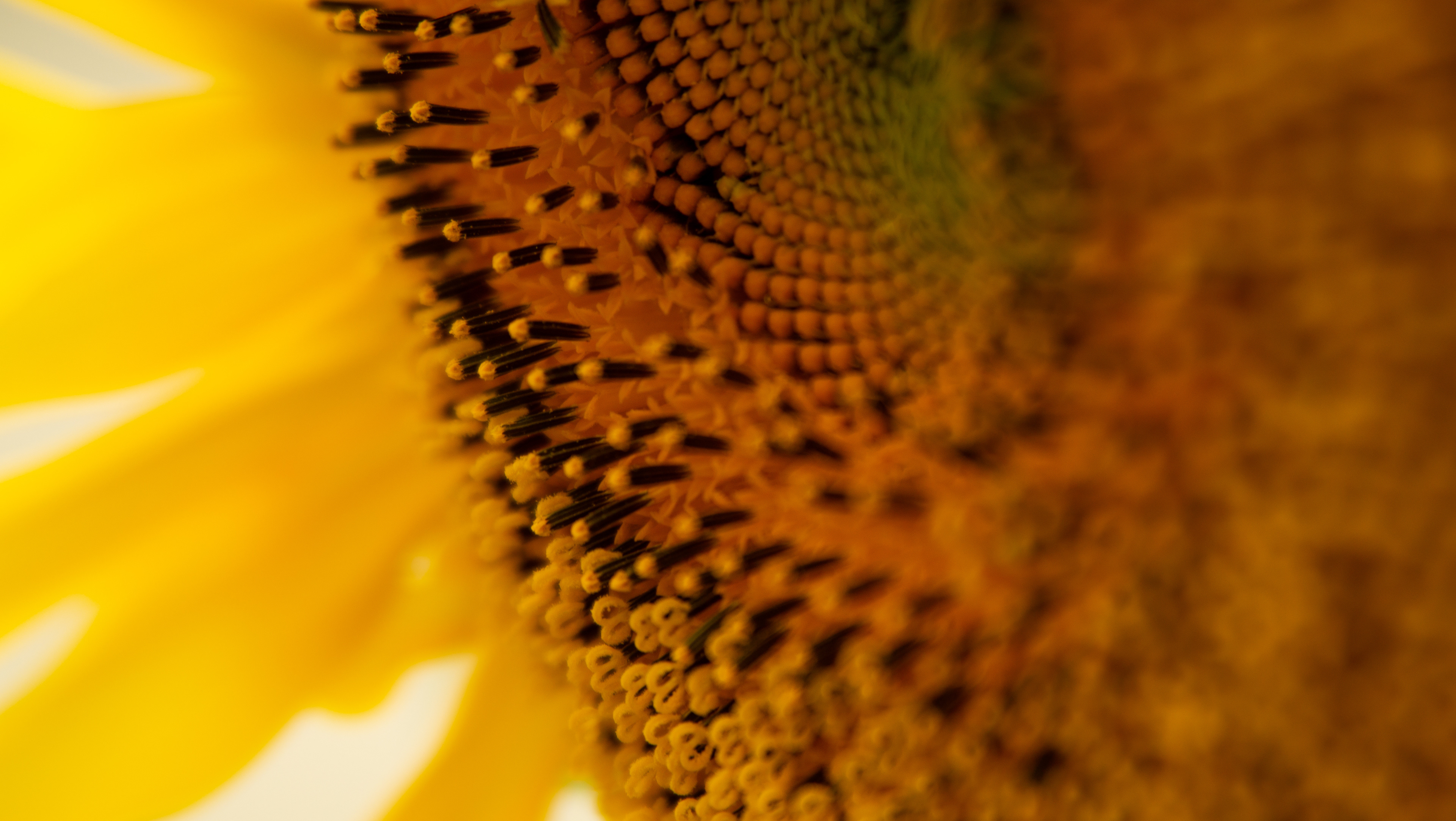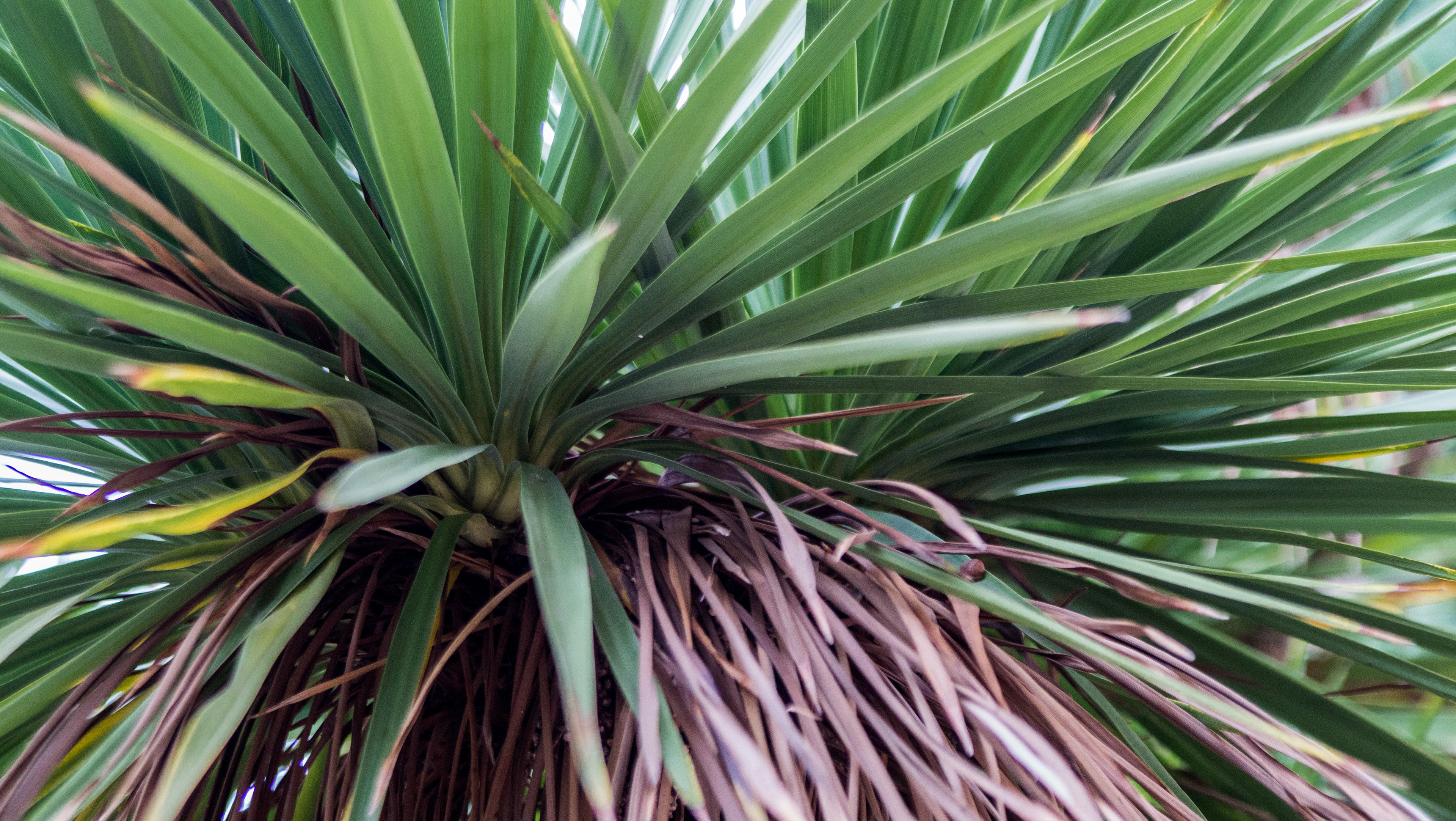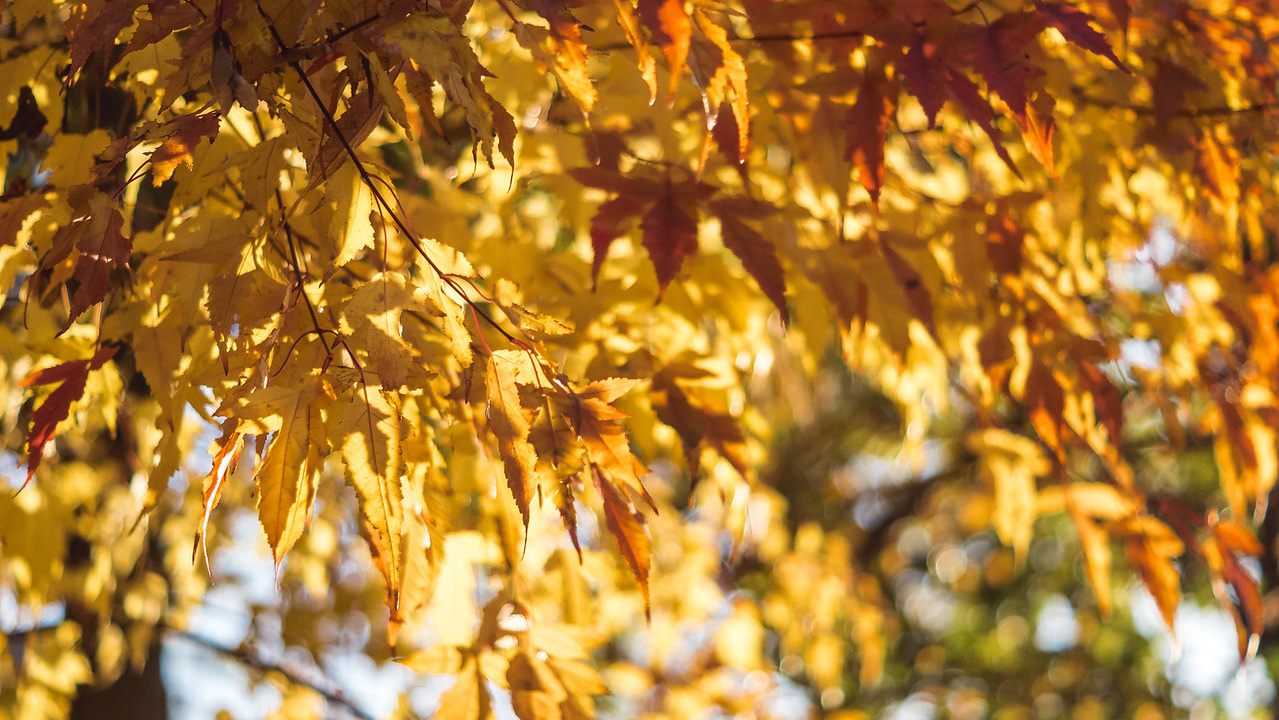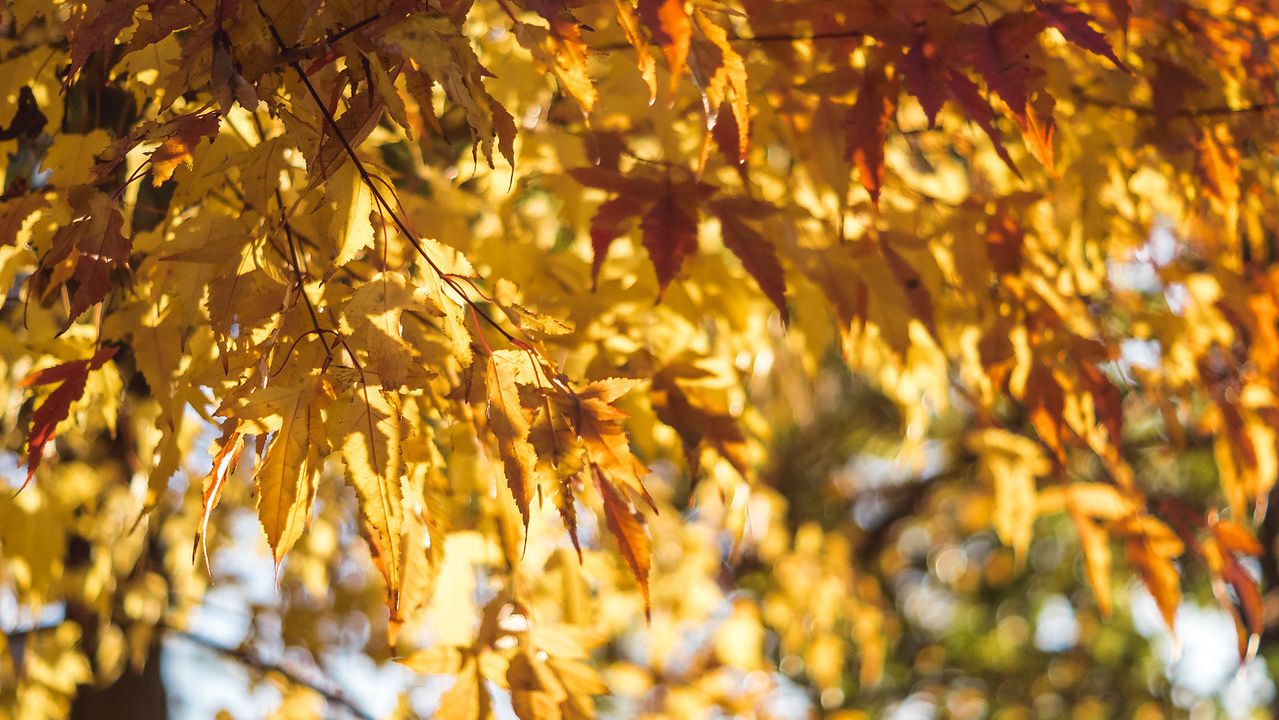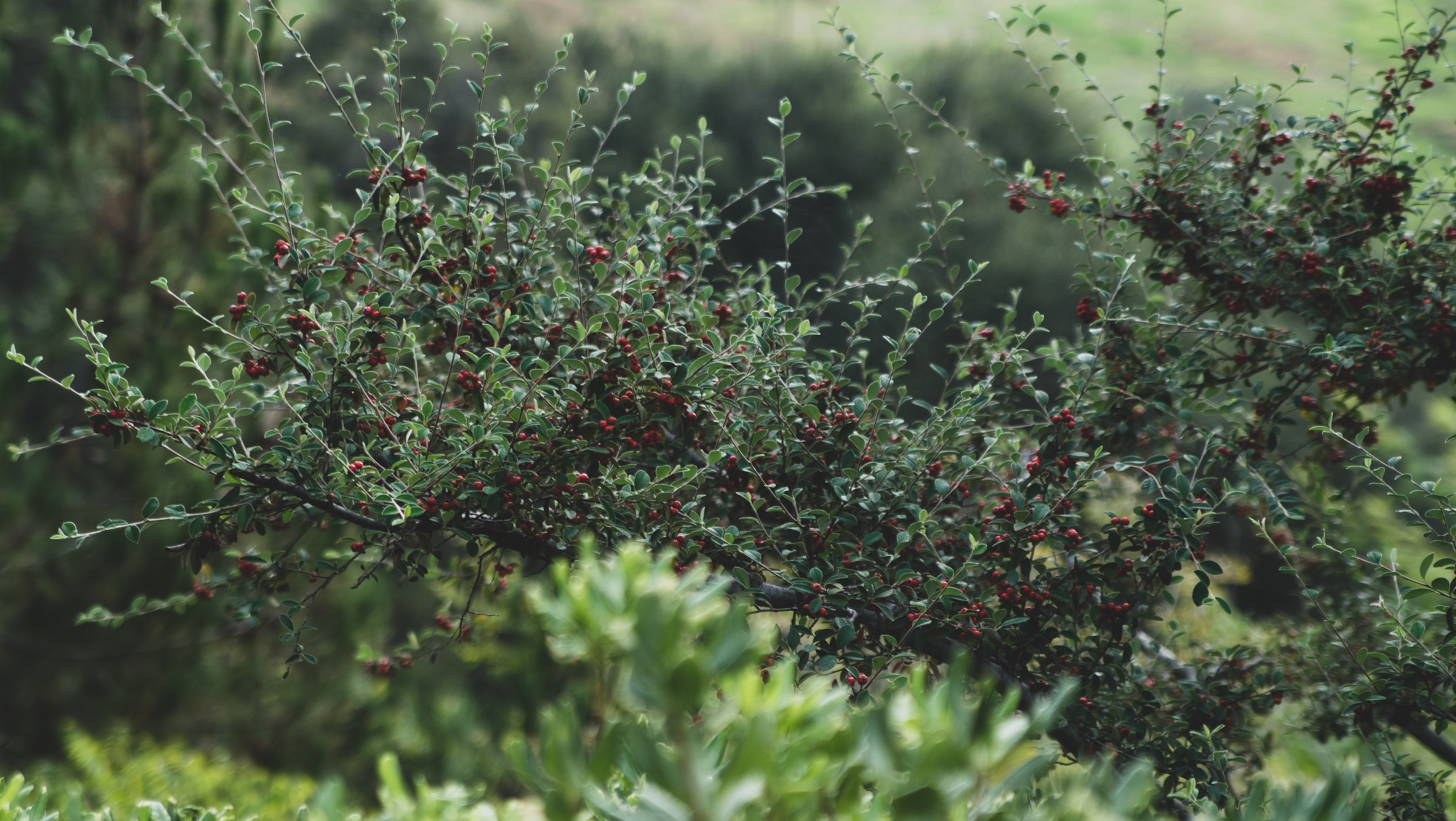This BCI session took place on Monday, September 21st. I had just gotten back from a camping trip, so I decided to take it easy and stay home this time. The weather was delightful. Full sun, light breeze, in between the perfect temperatures of 23 and 26ºC (mid-70s in ºF).
I grabbed my camera and went to sit on the deck. As usual, the bees were busy, and so were the squirrels, devouring my sunflowers.
I noticed that squirrels are rarely a fancy color. Neither are chipmunks. Colorful animals aren’t usually mammals. I’ve seen light blue butterflies, vibrant red birds, neon green snakes even, but I had never seen a brightly colored mammal. They all have tones from gray, to red, to brown, some black, some white.
Then I continued to look around and my eye kept being attracted to the splotches of color in my garden. Flowers, fruits, vegetables, trees. A rainbow of colors in one garden.


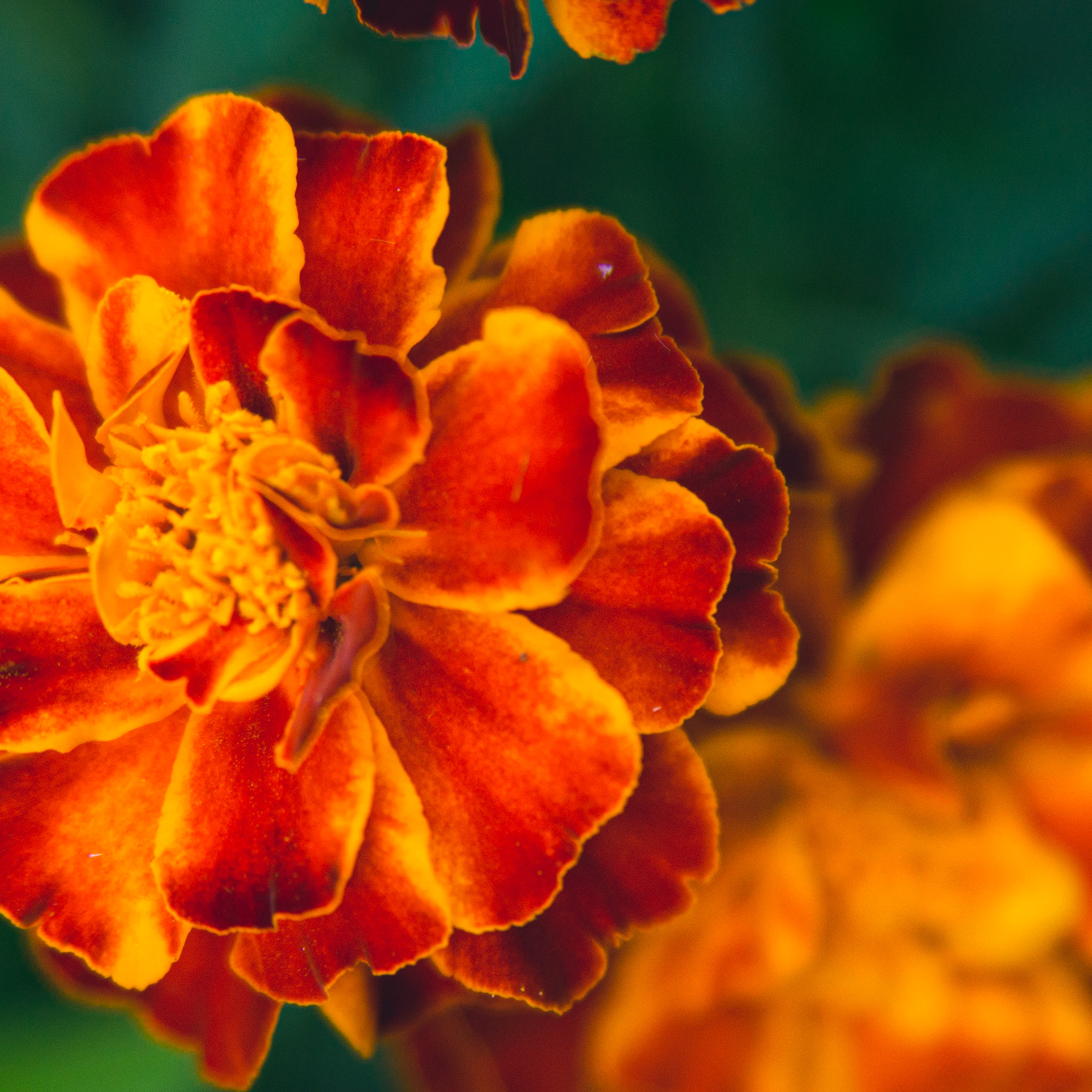

After the BCI session, I asked myself: what is the purpose of color in Nature? I did my research and I will share here some of my findings about the function of color.
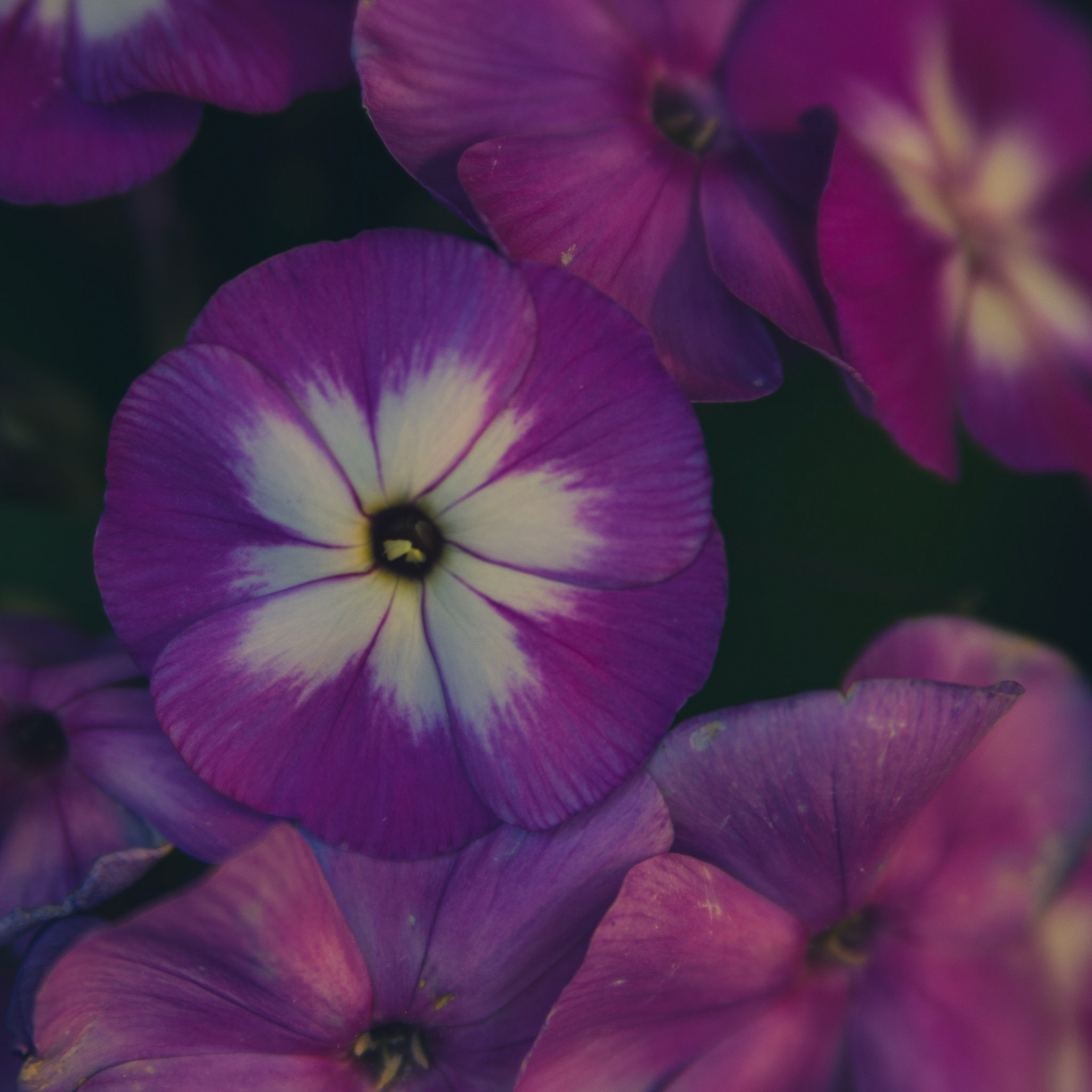


Communication
attract -
Flowers usually need to be brightly colored in order to attract the bees that will pollinate them, ensuring their reproduction.
Male birds such as the peacock use their brightly colored feathers to court a female in the hopes of reproducing.
Deep sea creatures such as the anglerfish use bioluminescence (the organism’s production of its own light source, ergo color) as a hunting technique.
The drosera is a flower than can self-pollinate, so it doesn’t need to attract insects for pollination. However, it sports bright colors to attract small insects in order to feed on them.

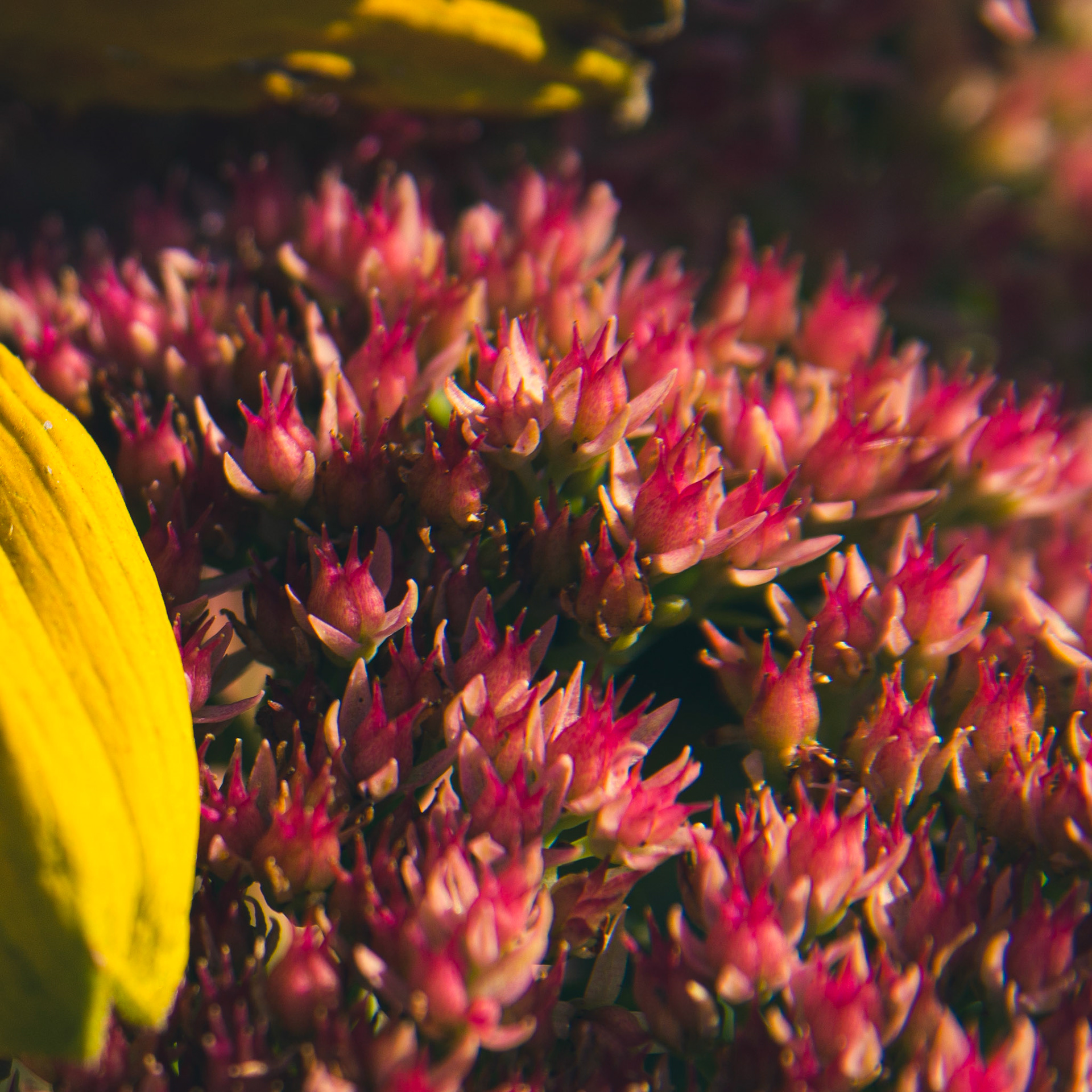
repel -
Bees and wasps are considered dangerous in nature (because they’re able to sting and kill), and this is the reason why the hover fly rocks similar colors: in order to repel predators.
identify -
Male and female birds usually have different colors. The males are brightly colored, while the females are more dull. A lot of insects are also distinguishable thanks to their color: the male black swallowtail butterfly, for example, has a much brighter blue on its wings, compared to the female whose wings are adorned with a second row of bright yellow spots.
warn -
Extremely toxic Phillobates frogs are brightly-colored to signify the high levels of toxins present on their skin, and to dissuade predators from even trying.
Non-optical functions
use light effectively -
Trees are green because their leaves absorb all the red and blue wavelengths of the UV light spectrum. These two wavelengths are used by the tree cells to photosynthesize, thus produce energy.
Algae in the bottom of lakes are more likely to be red because that is the wavelength that penetrates the deepest under water.
counter-balance glare -
The cheetah has black rings of fur around its eyes. It has evolved this way to counter the bright light of the African savannah while hunting for prey.
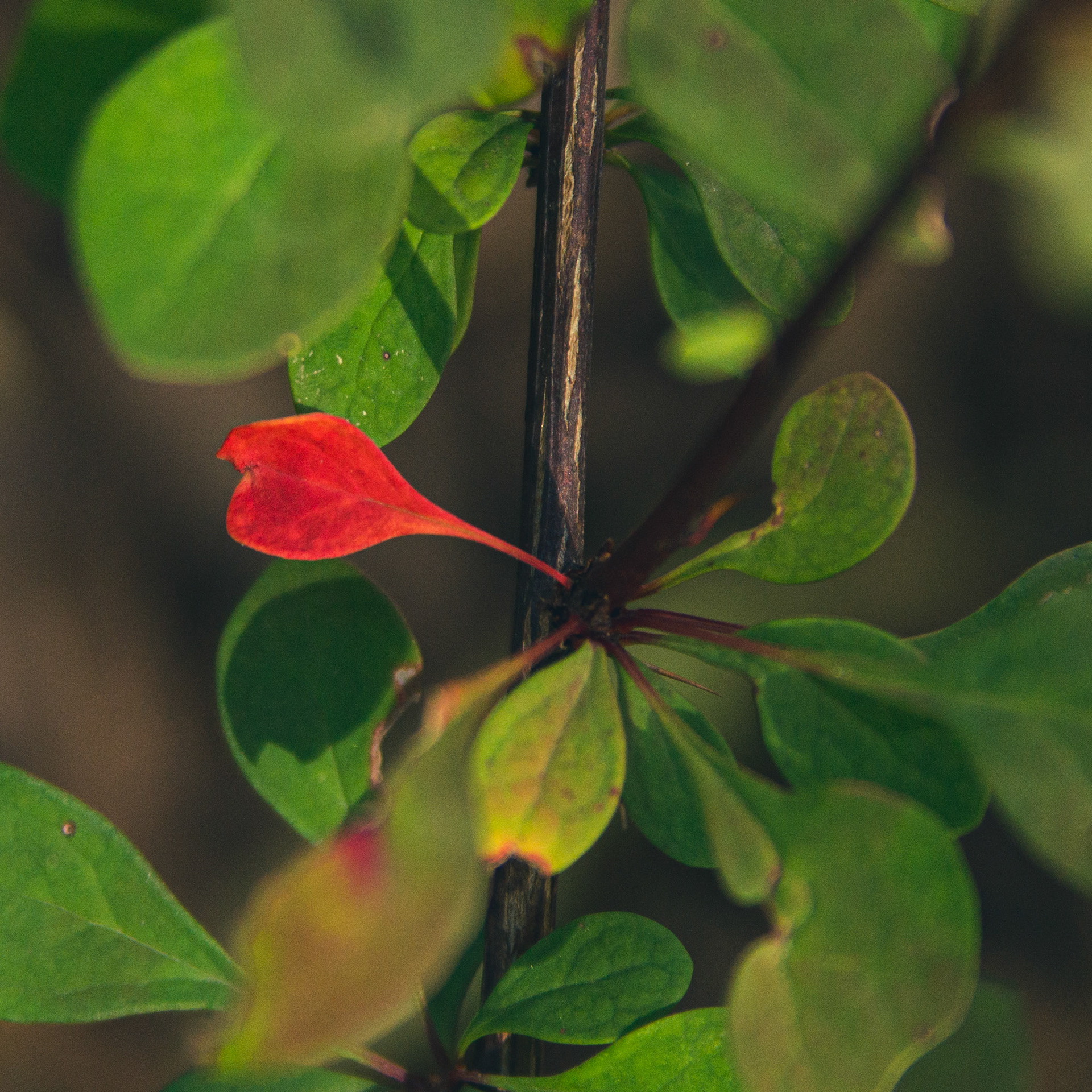
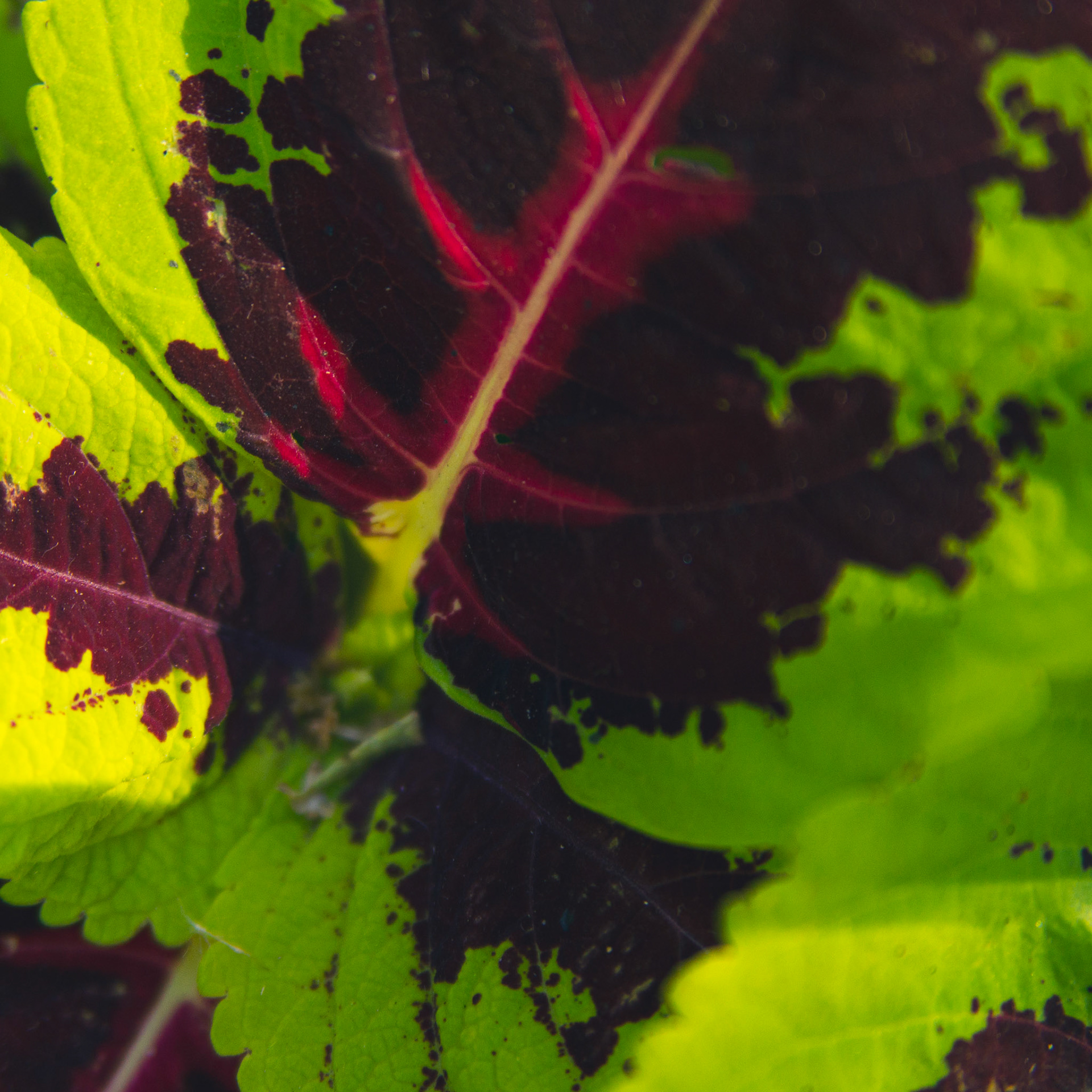

Survival
conceal -
Some animals have mastered the art of color as a way to hide or blend into the environment. The all-time champion is the chameleon and its great variety of colors and patterns.
deceive -
The little Cope's Gray Treefrog when threatened flashes its bright yellow to orange pantaloons at predators, which startles them, and confuses them as they try to look for their bright yellow prey that is in fact a little grey frog perfectly blended with the bark.
When the organism lacks color - albinism - it makes survival more difficult. Albinism is a genetic disorder that affects the production of pigments, which turns the organism totally or partially colorless. It is not an inherited trait, proving that Nature did not intend for that gene to survive. Albinism makes the invisible visible, it also makes the brightly colored ignored. In plants, albinism and variegation demonstrate a higher sensitivity to sun damage.
This shows that the color that is present in natural organisms serves a purpose other than just aesthetic. The organisms evolved this way.

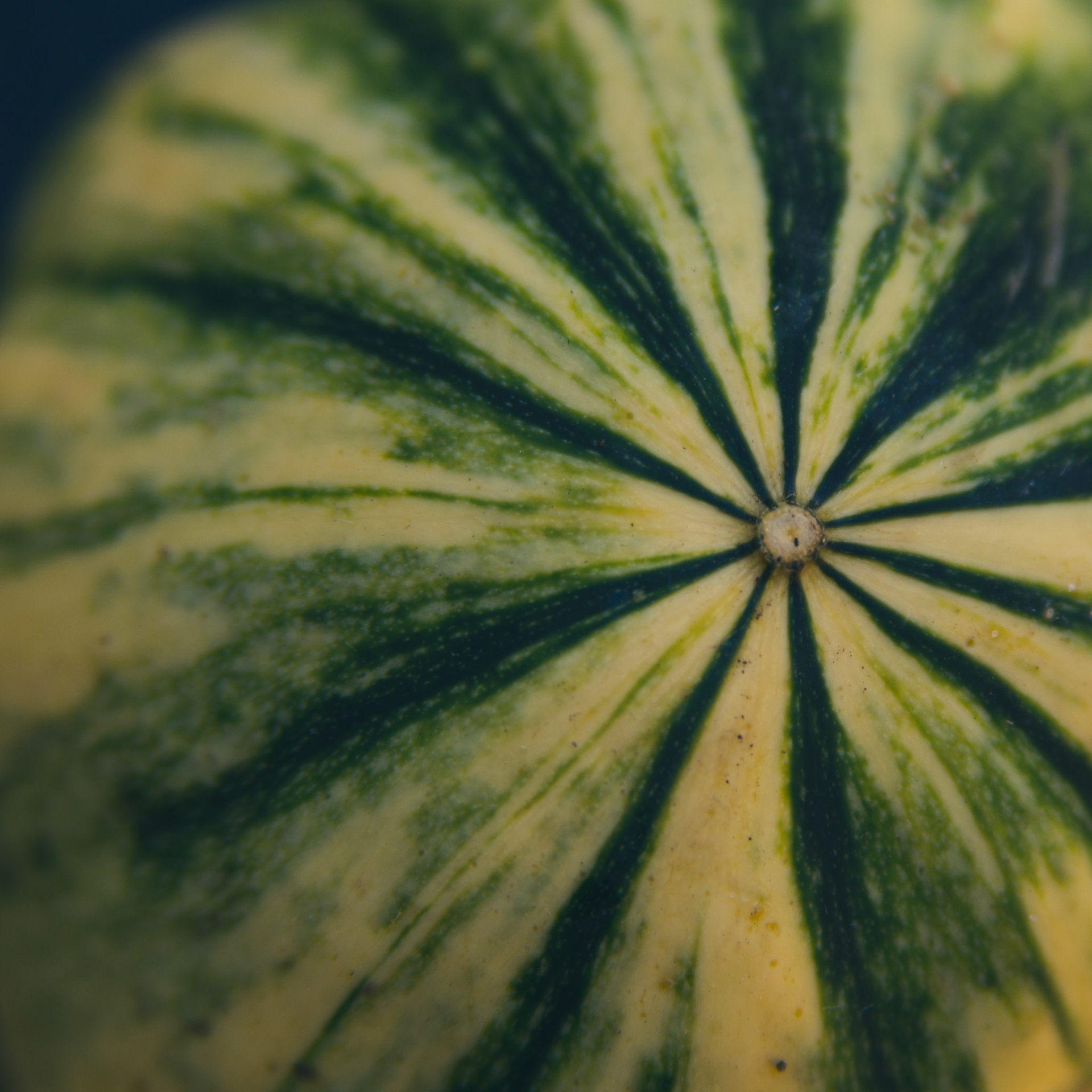
How can these functions be applied to the world?
Humans already use colors for communication and aesthetic reasons. What is currently lacking is the use of color for its function. Sure, we painted our solar panels black, because that’s what retains the most heat. However there is an infinite list of things to explore around the processes that make color, how pigments are formed or broken down, or even the reason why certain organisms are a certain color. We ought to look for the reason this color is a product of a 3.8 billion-year evolution that allowed them to survive, and identify what strategies can be applied to design and generate radical change.
